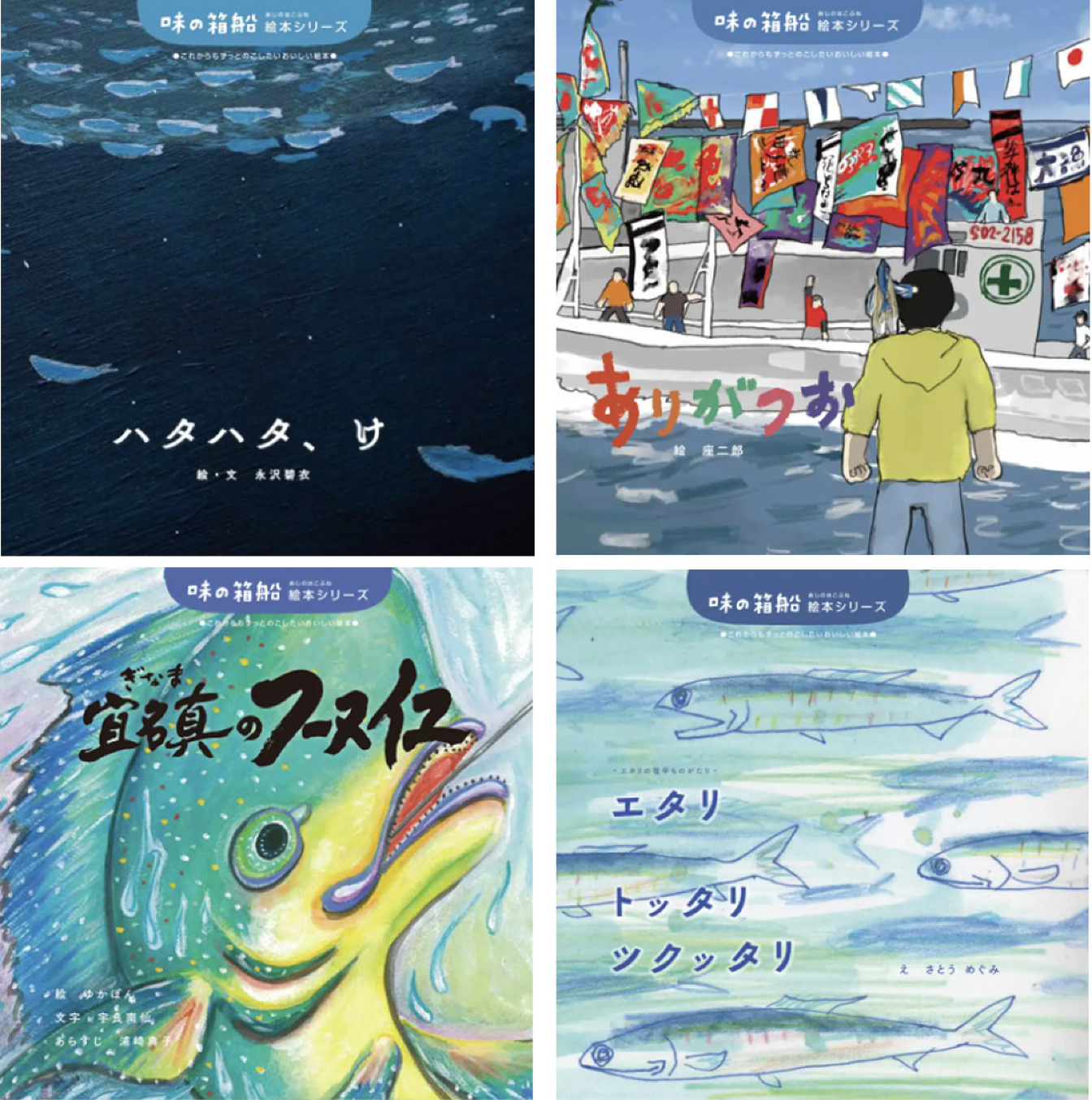J-STORIES ー 日本人の食生活で手軽さや効率が重視されていく中で、昔から地域の暮らしに根付いてきた伝統の味が姿を消していく。 そうした危機感から、各地の食文化を「絵本」にまとめ、地域の歴史とともに子供たち世代に伝えていこうという活動が動き出している。
絵本づくりプロジェクトを進めているのは、日本スローフード協会の代表理事の渡邉めぐみさん。現代の「食」のあり方を見直し、より豊かな食文化の育成をめざしている同協会では、日本各地の伝統の食材を登録する「味の箱船」と名付けたプログラムを続けており、絵本では、そうした食材とそれにまつわる歴史や物語を色とりどりのイラストとともに紹介する。
最初のテーマとしてとりあげたのは、ハタハタを漬け込んでつくる秋田県の伝統的な調味料(魚醤)の「しょっつる」や沖縄県の地魚「フーヌイユ(シイラ)」など4つの食材だ。絵本作家や画家、イラストレーターなど地元や近郊に住むプロのクリエーターたちが制作にかかわっており、地域の食材の歴史的背景などを読みやすく表現している。
.png)

出来上がった絵本は出版し、収益の一部を地域の運営に寄付するほか、図書館などに寄贈して貸し出しや読み聞かせ会などの活動にも利用する。プロジェクトには日本財団からの助成金のほか、独自に行ったクラウドファンディングで約350人の支援者から総額300万円ほどの資金が集まった。
画一的で効率優先のファストフードとは違い、伝統食材の多くは食品の技術や流通が十分でなかった時代に自然の恵みを生かす形で育まれてきたものが多く、昔から伝わる知恵や自然と共生する大切さが込められている、と渡邉さんは話す。そうした食材が食卓から姿を消していく背景には、環境問題だけでなく、伝統文化を継承する場が少なくなったこともあるという。
.png)
「味の箱船」プロジェクトはイタリアに本拠のあるスローフード協会が1996年から続けてきた国際的なプロジェクトで、利用が減って失われかねない各地の伝統食材を、世界共通のガイドラインで選定して記録している。現在約6,000件ほどの食材が登録されている。
記事:高畑依実 編集:北松克朗
トップ写真:Slow Food Nippon 提供
この記事に関するお問い合わせは、 jstories@pacificbridge.jp にお寄せください。
***
本記事の英語版は、こちらからご覧になれます。
.png)




_bigthumbnail.jpeg)














![[PODCAST] 如何打造成功的新創企業社群(第2集)](https://storage.googleapis.com/jstories-cms.appspot.com/images/1748493203370business-man-holding-light-bulb-social-network-2024-10-31-22-37-36-utc_smallthumbnail.jpg)


